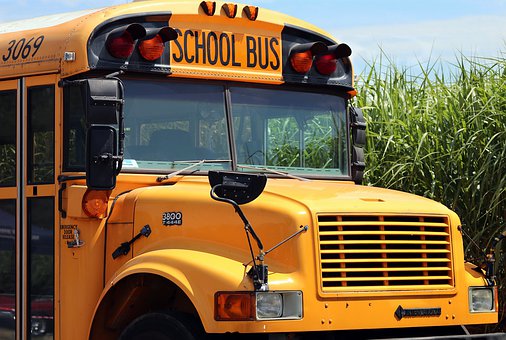How are schools fixing the digital equity conundrum?
While efforts to close the digital divide through device and internet availability are ongoing, attention is now being focused at the state, district, school and classroom levels to verify equity and effectiveness in student and teacher use of the available digital tools. Collecting and analyzing metrics for educator and student ed tech engagement — even when learning is mostly in-person — is a critical step in knowing what products are being used, if they are effective, and if there are disparities to digital learning.
Learning Setbacks Coming Into Focus With New Testing Results
The scores from the first U.S. standardized tests taken during the pandemic are offering an early glimpse of just how far students have fallen behind, with some states reporting that the turbulent year has reversed years of academic progress. Experts warn that low participation rates in some regions could leave entire states with unreliable data, and that even within states there are pockets where many families opted out. In Texas, 86% of students took the tests this spring, down from a typical rate of 96%.
Job-Related Stress Threatens the Teacher Supply
To explore the issue of job-related stress among teachers, the authors fielded a survey in January and February 2021 through RAND’s American Teacher Panel. The results suggest that teachers have experienced many job-related stressors during the 2020–2021 academic year. Perhaps as a result, one in four teachers were considering leaving their job by the end of the school year — more than in a typical prepandemic year and a higher rate than employed adults nationally. Black or African American teachers were particularly likely to plan to leave. Also, teachers were more likely to report experiencing frequent job-related stress and symptoms of depression than the general population.
School Choice Movement Celebrates Its ‘Best Year Ever’ Amid Pandemic
West Virginia mom Katie Switzer was looking forward to sending her son Alexander to in-person school this fall. She and her husband had spent the pandemic juggling four children under 6 years old and two demanding full-time jobs. But as the time approached to register her son for kindergarten, Switzer had second thoughts. Months of fractious debate over reopening and masking policies at the local public schools had turned her off.
Adequate and Equitable Education in High-Poverty Schools: Barriers and Opportunities in North Carolina
This brief draws on a 2019 study of high-poverty schools in North Carolina conducted in support of the state’s efforts to comply with the North Carolina Supreme Court’s decision in Leandro v. the State of North Carolina. The study found that high-poverty schools provide inadequate and unequal educational resources and opportunities to their students, due in part to past policy choices, thus denying them a sound basic education. Further, high-poverty schools fail to address adverse out-of-school conditions that inhibit learning and development.
Summer school? Parents and teachers are just saying no, despite COVID-19 learning loss and federal relief funds to pay for it
After struggling through more than a year of remote learning, Dolton School District 149 finally received some encouraging news: An infusion of federal COVID-19 dollars would allow the district to launch a vibrant summer school program aimed at bridging a pervasive student achievement gap that was worsened by the pandemic. But despite the chance to tap into the roughly $8 billion in COVID-19 funds heading to Illinois schools, officials at the south suburban district — where more than 99% of students are from low-income families — are finding it tough to recruit exhausted teachers and students after a grueling school year like no other.
Dept. of Ed. defines maintenance of equity requirement for ARP funds
The U.S. Department of Education on Wednesday released highly anticipated guidance on maintenance of equity requirements under the American Rescue Plan, the first of the three COVID-19 relief packages to formally prioritize it in Elementary and Secondary School Emergency Relief funding. The provision ensures states and districts don’t make excessive cuts to supplant funding rather than supplementing it, which would disproportionately impact underserved districts and make the additional federal funding essentially ineffective.

